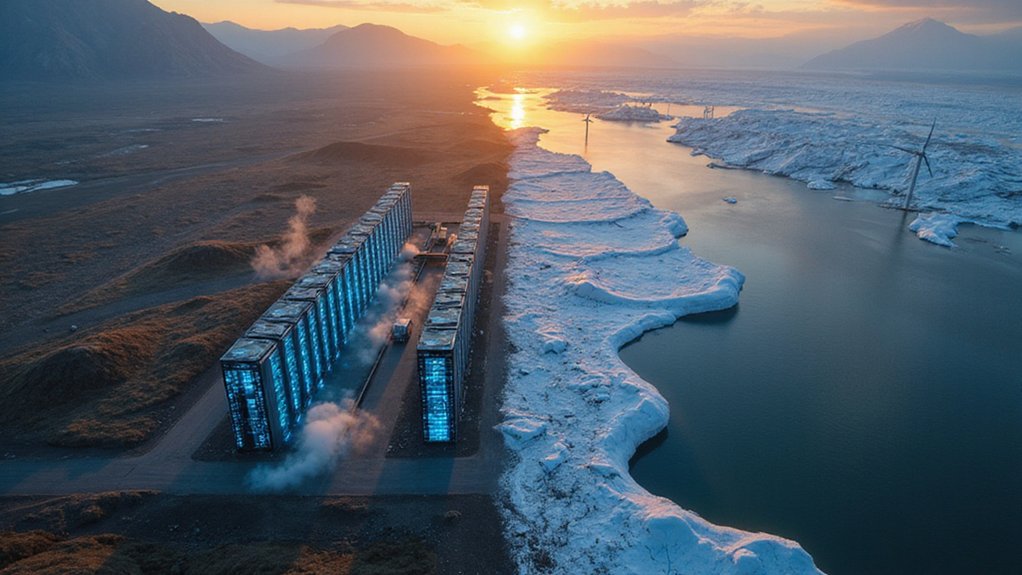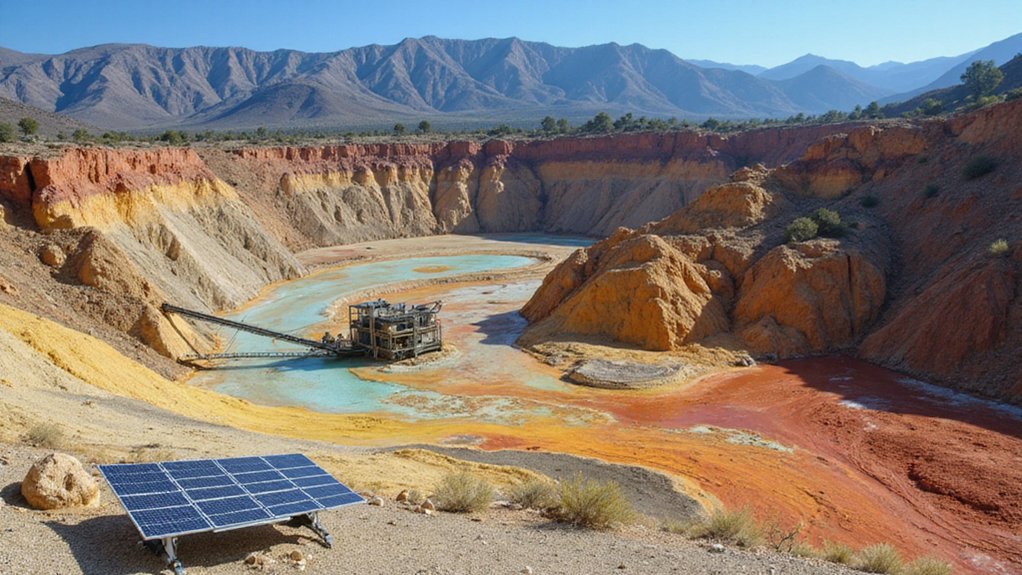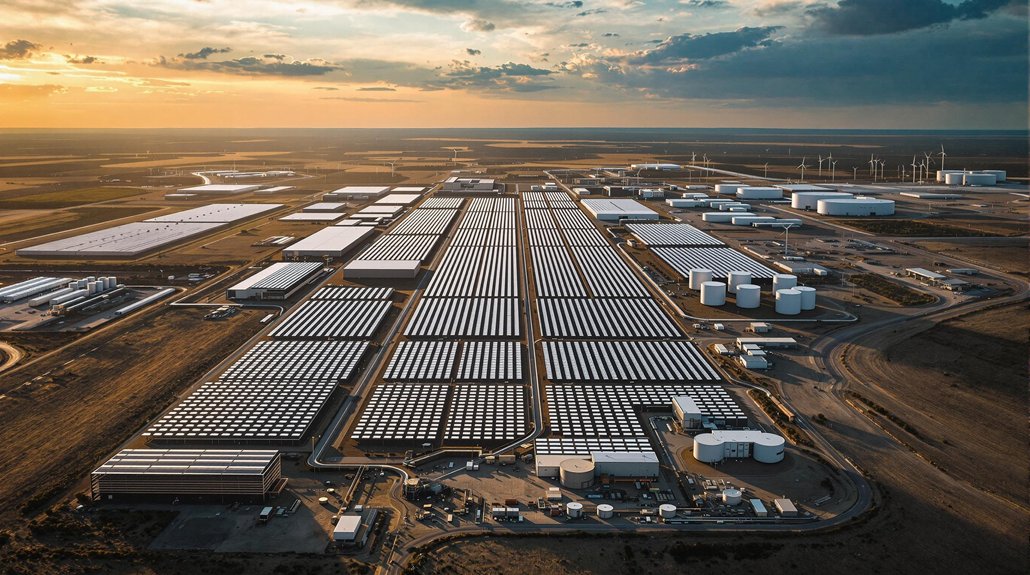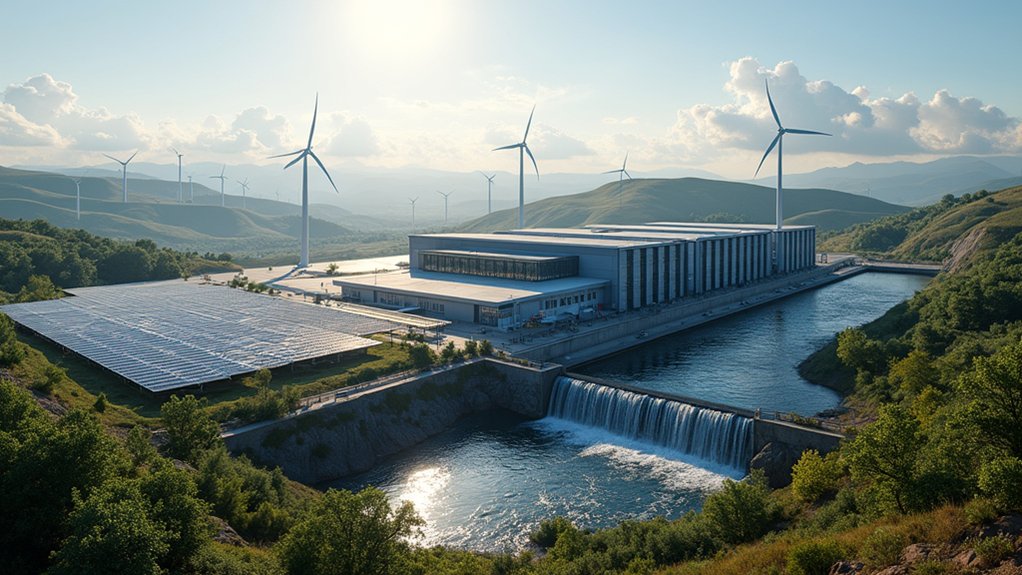AI presents a climate paradox. While data centers consume 1.5% of global electricity—projected to double by 2030—AI simultaneously offers powerful climate solutions. It enhances renewable energy efficiency, improves grid operations, and provides early warnings for climate disasters. DeepMind’s wind system has increased wind power value by 20%. Companies using AI climate solutions see 39% higher revenue. The technology’s ultimate environmental impact depends entirely on how we choose to deploy it.
While artificial intelligence offers powerful tools to fight climate change, it’s also creating new challenges for the planet. AI systems run in data centers that use massive amounts of electricity. These centers already account for about 1.5% of global electricity use, and that’s expected to more than double by 2030. A typical AI data center uses as much electricity as 100,000 homes, with new ones planned to use 20 times more.
AI’s promise for climate comes with a cost: massive electricity consumption that’s racing ahead of our ability to power it sustainably.
This energy demand is forcing many companies to rethink their climate goals. About 42% of executives say they’re re-examining targets they had previously set because of AI’s impact. By 2030, the extra electricity needed for data centers could exceed what the entire country of Japan uses today.
But AI also helps fight climate change. It makes renewable energy work better by predicting supply and demand. For example, DeepMind’s wind energy system has boosted the value of wind power by 20%. AI also helps power grids run more smoothly, especially in developing countries that are building new energy systems.
The International Energy Agency says AI solutions could reduce emissions by about 5% by 2035. Using AI across different climate technologies might cut emissions by 3-6 gigatonnes of CO2 each year. With multimodal AI integrating various environmental data inputs, climate models are becoming increasingly accurate and responsive. Google Maps’ eco-friendly routing alone prevents over 1 million tonnes of CO2 annually by suggesting routes with fewer hills and less traffic.
AI also helps us prepare for climate impacts. Tools like Google’s FloodHub warn people about floods, while other AI systems predict sea ice changes and droughts. These warnings help governments and communities prepare better for disasters.
There’s a business case too. Companies using AI climate solutions typically see 39% higher revenue and 45% better customer retention. AI also helps predict how policies like carbon taxes will affect behavior, making climate policies more effective.
The race is on to guarantee AI’s climate benefits outweigh its growing energy footprint. Training large models like GPT-3 produces 626,000 pounds of CO2, equivalent to the emissions from 300 round-trip flights between New York and San Francisco. The IEA report emphasizes that the overall impact depends on whether AI’s emissions reductions can outpace the energy consumption of expanding data centers.
References
- https://thesustainableagency.com/blog/environmental-impact-of-generative-ai/
- https://www.axios.com/2025/04/10/ai-climate-change-report
- https://news.mit.edu/2025/explained-generative-ai-environmental-impact-0117
- https://ventionteams.com/solutions/ai/report
- https://www.weforum.org/stories/2025/01/artificial-intelligence-climate-transition-drive-growth/








